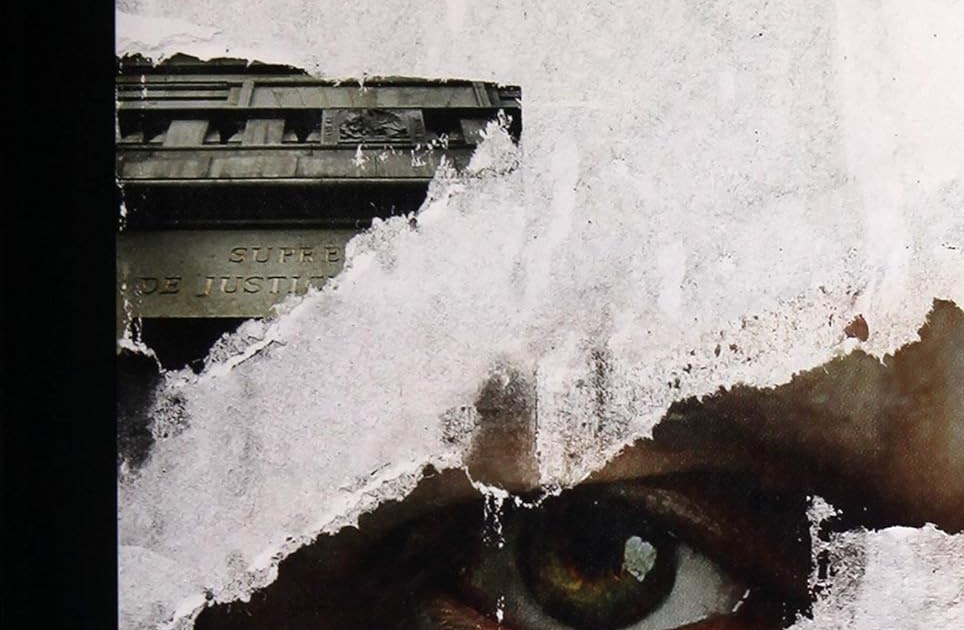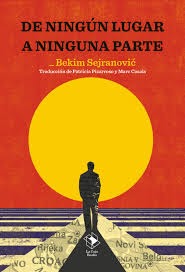
Original language: español
Year of publication: 2018
Valuation: highly recommended
One morning in December 2005, the television stations interrupt their usual transmission to make a live link with a correspondent located on the Mexico-Cuernavaca highway, on the outskirts of the city. The Federal Police is about to carry out an operation to enter a supposed safe house where, according to the information obtained by the intelligence team, kidnapped people are found. The images show the agents of the Federal Investigation Agency (AFI), hooded and equipped with long weapons, passing through the gate and deploying their units throughout the property, without encountering the slightest resistance.
The audacious reporter, without caring about his own integrity, follows the hooded men through the courtyard of the farm, who enter the utility room, where it is seen that the action had already begun. The camera shows how AFI agents subdue a dark-skinned subject with short hair, in a deplorable state, while the reporter gives a detailed description of the events. One of the agents grabs the alleged kidnapper by the hair and abruptly lifts his face so that it can be seen live by millions of Mexicans. The camera takes an exhaustive tour of the messy room, until it rests momentarily on the bed on which several assault rifles rest. The team of reporters continues their journey until they find another person cowering in a corner of the room, completely covered with a blanket, which, when removed by one of the agents, reveals a red-haired woman with a pale complexion and sharp features. The reporter questions the woman (I think the absurdity of the situation is now becoming clear) about her relationship with the man previously subdued by the police, who we will later learn is the leader of the gang, Israel Vallarta. The woman, with a face contorted by panic, denies any relationship with Israel and says she is completely unaware that there are kidnapped people at that address, but she is detained anyway. What is most striking about the girl is the marked French accent of her, Florence Cassez.
What was intended to be the heroic rescue of kidnapping victims and the dismantling of one of the most dangerous gangs of kidnappers in the country by the newly created AFI, turned out to be one of the most infamous episodes in Mexican journalism. Televisa, the largest television network in Mexico, in collusion with the Federal Police, was a participant in a television montage that would have political repercussions, to the point of straining diplomatic relations between Mexico and France to the breaking point, and opening old wounds. produced by the multiple invasions of the French empire to Mexican sovereignty.
Jorge Volpi unravels in this non-fiction novel (as he calls it) what would ultimately be known as “The Florence Cassez Case”, which would exhibit before the eyes of the world (now there is even a documentary on Netflix) how surreal is the administration of justice in Mexico. Fabrication of evidence, torture of witnesses, manipulation of information, etc., all this combined with the most vile and vulgar stupidity of those in charge of establishing order. Volpi reiterates on several occasions that his book is a “non-fiction” novel, however, he has no qualms about filling, from the barrier of fiction, all the gaps (which are not few) that exist in this bruised case. . Other than that, the novel could not be better documented. The review of the files is exhaustive. Volpi even met personally with those involved and with his family, as well as with lawyers and all those figures in the journalistic and legal field who could provide him with information.
Although this book is closer to a documentary than a work of fiction, Volpi’s impeccable narration makes it enjoyable to read as if it were a detective novel (in the good sense of the term). What adds depth to the book is the fact that those of us who witnessed the case unfold in real time formed our own ideas and theories about it. Discovering details that were not made public at the time works perfectly as a post hoc plot twist. If anything, the only objection I would have about the book is that those who are not familiar with the case (I’m not sure how much it spread outside of Mexico and France) will not be able to enjoy it one hundred percent. If it’s worth anything, you can start by watching the video I leave below to give you a taste of the filth that was made around this story.
By the way, by 2023, Cassez was living freely in Dunkirk, France, with his daughter. Israel Vallarta, his alleged accomplice and leader of the kidnapping gang “Los Zodiaco”, has been in preventive detention for 17 years, still without a sentence. What a big difference when you don’t have the president of your country to get you out of jail.
Florence Cassez Case: February 13, 2006
Source: https://unlibroaldia.blogspot.com/2024/04/jorge-volpi-una-novela-criminal.html


